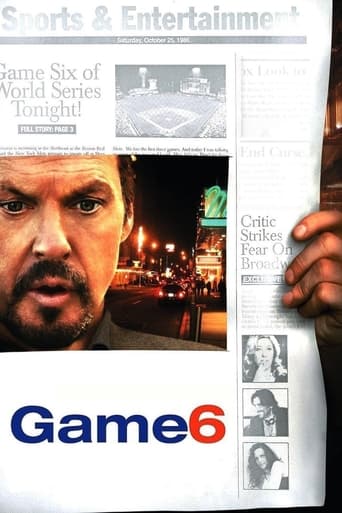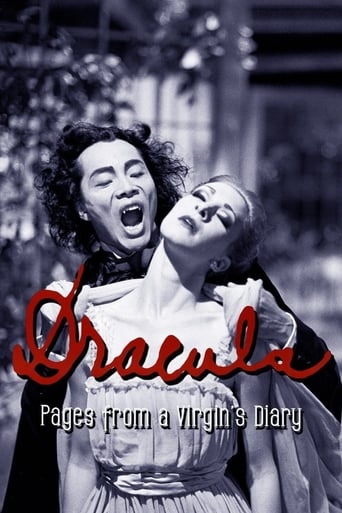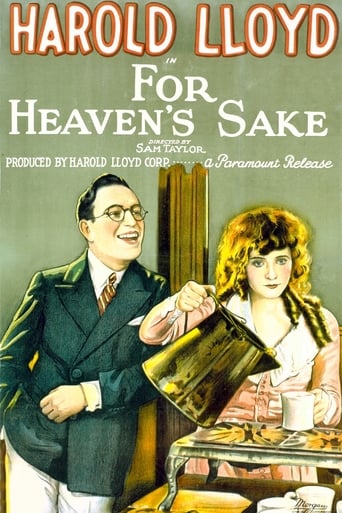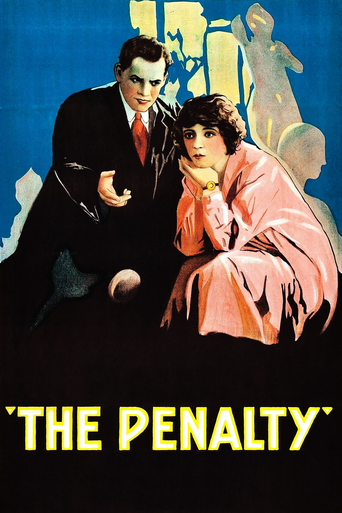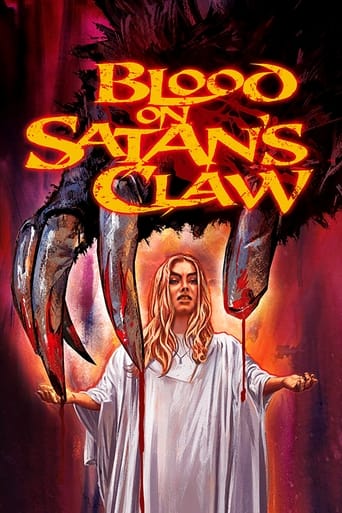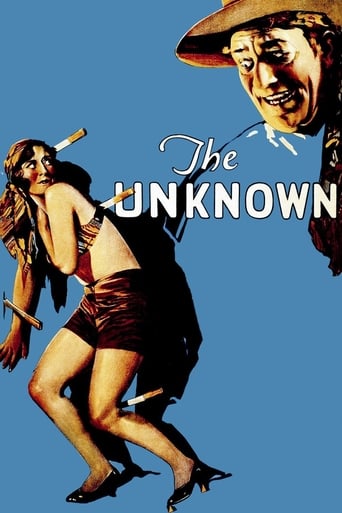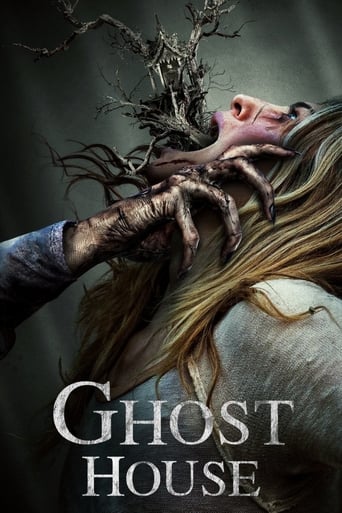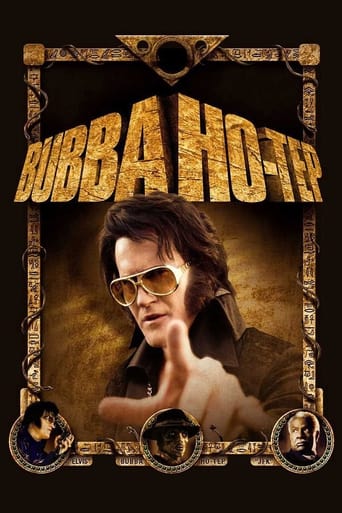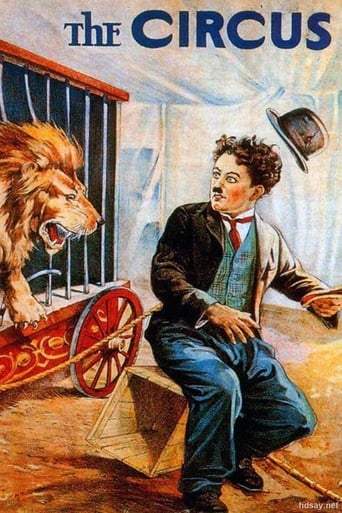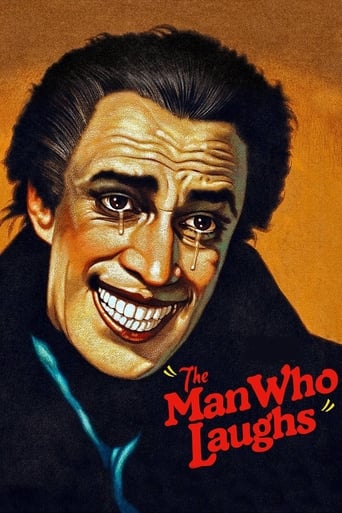


The Man Who Laughs
Gwynplaine, son of Lord Clancharlie, has a permanent smile carved on his face by the King, in revenge for Gwynplaine's father's treachery. Gwynplaine is adopted by a travelling showman and becomes a popular idol. He falls in love with the blind Dea. The king dies, and his evil jester tries to destroy or corrupt Gwynplaine.
-
- Cast:
- Mary Philbin , Conrad Veidt , Olga Baclanova , Brandon Hurst , Cesare Gravina , Stuart Holmes , Sam De Grasse


Similar titles
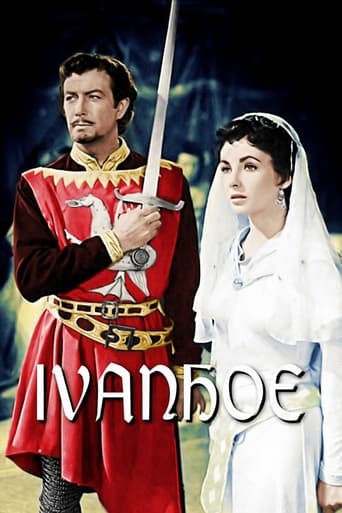
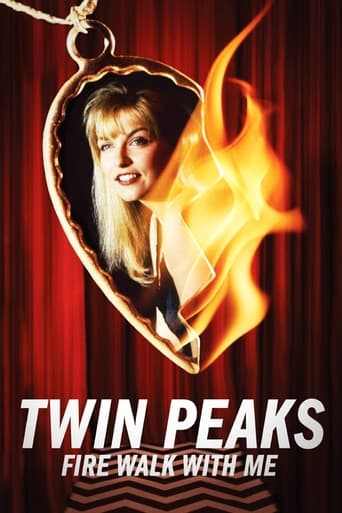
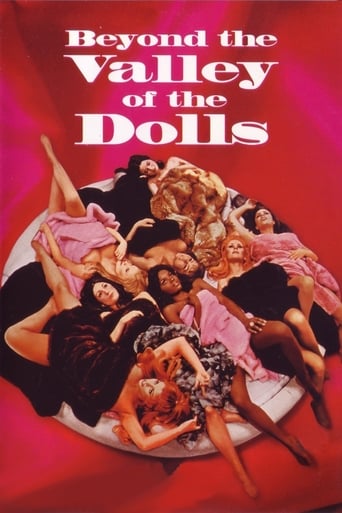
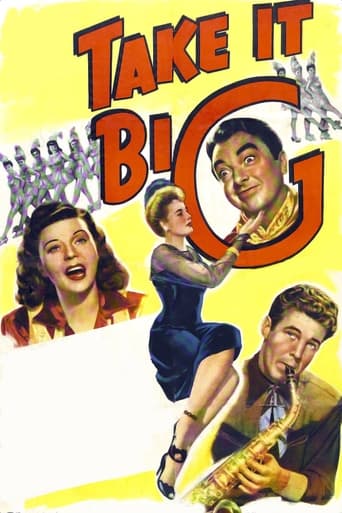

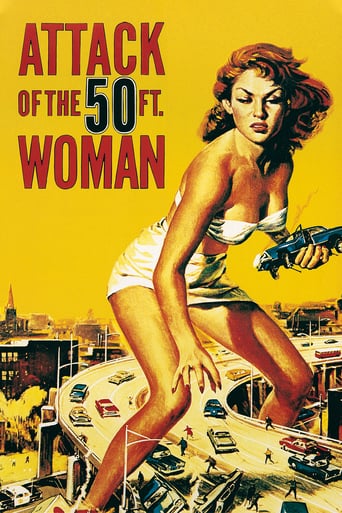
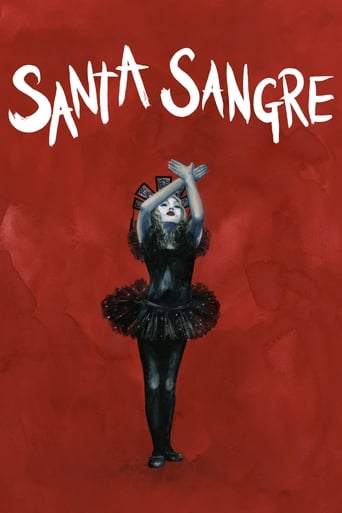
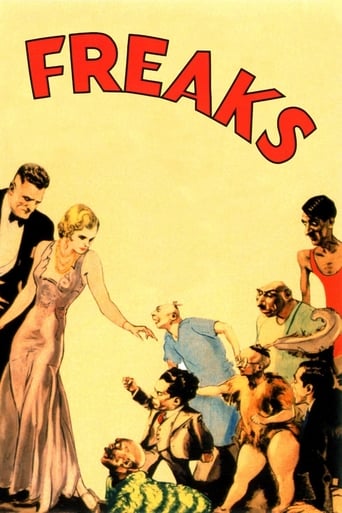

Reviews
I think this is a new genre that they're all sort of working their way through it and haven't got all the kinks worked out yet but it's a genre that works for me.
Very Cool!!!
There's no way I can possibly love it entirely but I just think its ridiculously bad, but enjoyable at the same time.
This is a gorgeous movie made by a gorgeous spirit.
After having watched The Phantom of the Opera a couple days ago, I happened upon this film, mistaking it for another horror film. Nevertheless, I still wanted to watch it because it starred the silent film legend Conrad Veidt and the beautiful Mary Philbin.I thought the film was rather slow, but I still enjoyed it rather immensely. I found myself feeling for both of the main characters and even shed a few tears at certain points throughout the film. It was sad as well, often interpreted as melodramatic.Honestly, for any film buff, this is a must-see. Despite it being very slow, it is definitely worth it to see it to the very end, and maybe even read the novel it is based off of by Victor Hugo.
Whenever there is someone needed to play the role of a mutilated or disfigured man I automatically think of the man of a 1000 faces Lon Chaney. But this time the title role is played by the German actor Conrad Veidt. I have seen Veidt in other great roles as Cesare in The Cabinet of Dr. Caligari and as Orlac in Orlac's Hands. That he would pull of a convincing Gwynplaine was in no doubt. He didn't disappoint and neither did Mary Philbin as the blind Dea. I already loved her in The Phantom of the Opera. She really is fitting for the role as fragile girl. But most kudos to Veidt, it must have been hard to have your face in a constant grin. Despite this permanent smile it was still possible to read Gwynplaine's real feelings, even when sad. I think only great silent stars as Veidt or Chaney could have pulled this of. That's why I love silent movies as the focus is so much on expression. The movie is filled with some exciting scenes just like the silent version of the Hunchback of Notre Dame with what seems a faithful setting of the England of the 17th century. The costumes seem to fit the time period. The story is gripping, tension until the very end even if it's a sentimental sweet ending I thought it was great. I also need to applaud Olga Baclanova for playing the licentious duchess and the dog who played Homo. I really loved the scene when Homo tries to lead Dea to her beloved Gwynplaine. And not to forget Brandon Hurst as Barkilphedro, wow he really has the face for playing such a mean character.
THE MAN WHO LAUGHS (1928) is the tale of Gwynplaine (Conrad Veidt), who was disfigured as a boy as retaliation for his father's refusal to pay obeisance to King James II. With a blind foundling, Dea (Mary Philbin), he grows up to become a traveling performer. Gwynplaine is involved in court intrigue when an evil jester discovers his existence and plots an arranged marriage to control Gwynplaine's fortune as the heir to a lord. Directed by Paul Leni.THE MAN WHO LAUGHS movingly portrays Gwynplaine's plight as a man who is marginalized by society. His disfigurement controls his life in many ways. Crowds laugh at Gwynplaine for his appearance, and he feels that no woman can love him because of his face (except for the blind Dea). The script touchingly conveys the love between Gwyplaine and Dea, who only sees the inner man. However, I felt that the exposition lacked clarity when the story dealt with Barkilphedro the jester's intrigue and the reasons for the arranged marriage. Was the jester planning to kill Gwynplaine and take the money as his own? His motivations are not fully clarified, except for the fact that he is evil. On the other hand, maybe it was a plan to rectify things for Gwynplaine. I wasn't sure. The narrative drags a bit in places but comes to a pretty epic and satisfying conclusion.As far as the performances go, Conrad Veidt is compelling as Gwynplaine, haunting and expressive even though required to hold his face in the contorted laugh to which the title alludes. Veidt is compelling, emotive and unforgettable in his role. For much of her role Mary Philbin doesn't get to do much other than smile and look pretty, but she does realistically portray a blind woman, a definite acting challenge. She does best in her scenes with Veidt. Olga Baclanova is very charismatic as Duchess Josiana, alluring, flirtatious and imperious. Cesare Gravina, who plays Ursus, the philosopher who takes Gwynplaine in, overacts in the Grand Guignol style, something that would be practically obliterated from film about two years later when the switchover to talking film was finally complete. The production is moody and evocative in the German Expressionist style, using light and shadow, as well as camera angles, to heighten the feeling of the film. I was able to watch the original version with a synchronized sound track. The music was appropriately vivid, and sound effects were added liberally to the score – especially crowd noise and clanging objects at the fair. This can be rather jarring at times, since these effects often play alongside the music, even during love scenes! However, it is an interesting artifact of the pre-talkie era, as Hollywood was learning how to incorporate recorded music into movies. Overall, the story was moving when it came to Gwyplaine's plight, although somewhat muddy when dealing with the intrigue. Conrad Veidt and Olga Baclanova give compelling performances, with good support from Mary Philbin, and the style of the movie is quite intriguing. A fine movie from the late silent era. SCORE: 8/10
I had been familiar with the image of Veidt grinning for years and had always presumed this film to be a horror/dark thriller picture.In actuality it's a sweeping costume epic but with an extraordinarily unusual central story.Written down the story would seem melodramatic, even corny ,yet the strangeness of it's performances,the bizarre beauty of it's imagery combine to make a truly unforgettable experience.My expectations of a creaking story with perhaps some interesting scenes were replaced by an awe struck entertainment.Afterwards i was surprised how well a reasonably complicated story was told without dialogue and a minimum of title cards,Paul Leni had developed a truly sophisticated visual story telling technique.Watching you realise how the advent of sound actually restricted the development of film in the following decade.Around three quarters of the way through the film looses its footing somewhat and becomes a little unfocused but rallies in time for a rousing climax. A film of stunning imagery and great performances.


